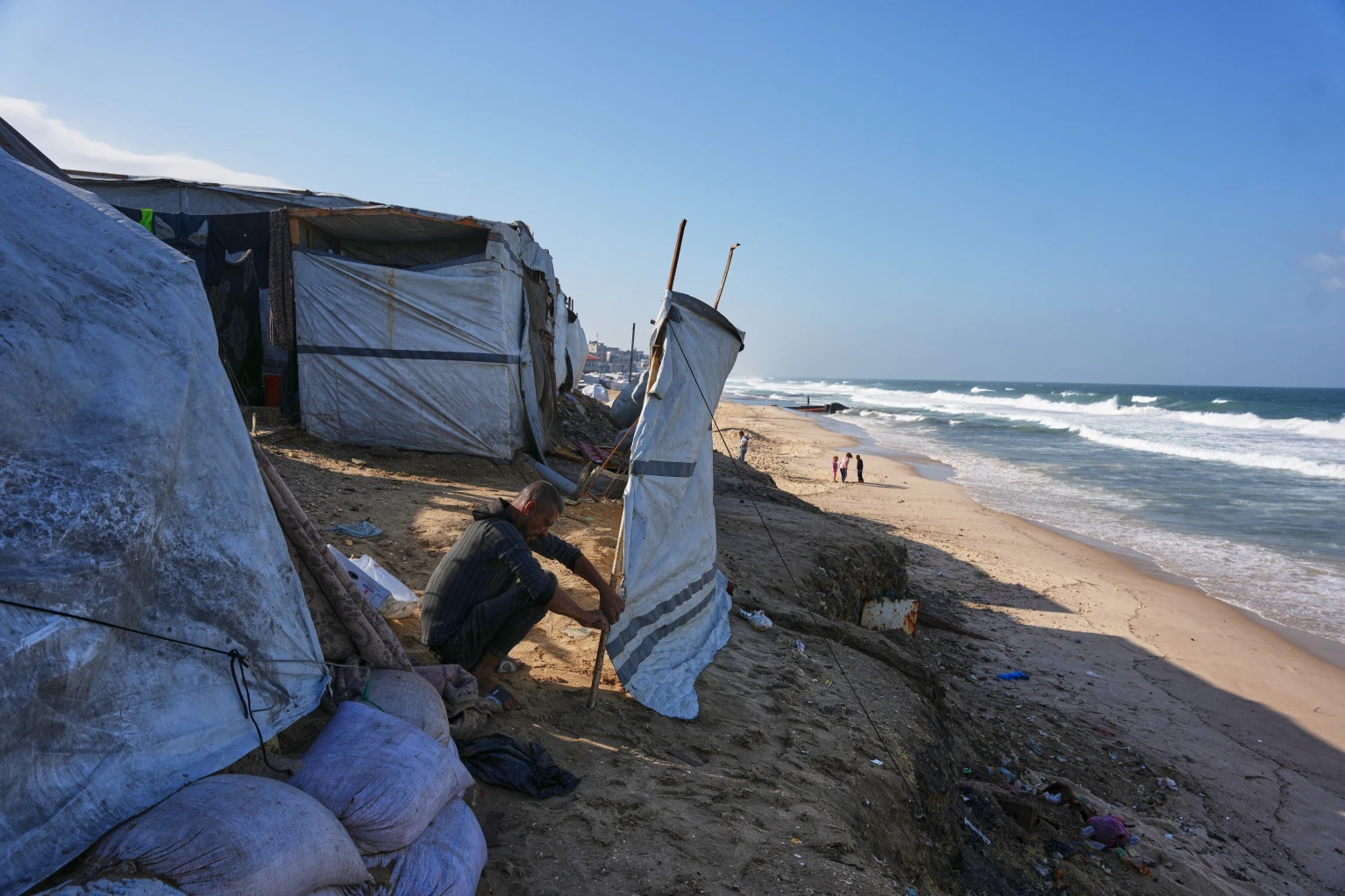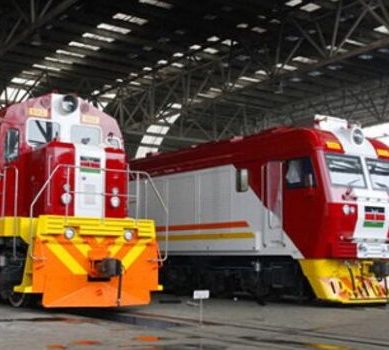
Prospects of Kenya producing enough fish for domestic consumption and surplus for export has seen the East Africa nation ramp up investment in aquaculture, with 15 counties identified as key to freshwater commercial fish farming opportunities.
Freshwater aquaculture dominates fish farming in Kenya, with tilapia being the main species produced. Aquaculture in Kenya has evolved from subsistence farming to a commercially viable activity involving the sale of farmed fish, now the government sees vast commercial potential that can contribute to food security, livelihood diversification, employment, income generation and poverty alleviation.
Consequently, the government has announced plans to work with Aquaculture Business Development Programme (ABDP) in promoting fish farming in rural areas in western Kenya, the Rift Valley, th coast and central Kenya. The programme envisages production of enough fish for both food and value addition by young farmers, who have been encouraged to pick up the venture as an income generating activity.
The promotion of aquaculture as a source of food and a commercial venture has pushed up projections for fish production and consumption for 2025.
A non-governmental organisation, Green Life, says, “The forecast for aquaculture in Kenya is largely positive. In 2025, the Kenyan population is estimated to be 56 million people. Assuming that the average consumption per capita remains at 4.3 kilogrammes per capita, this implies a total estimated consumption of 241,000 tonnes of fish in 2025.”
However, with demand estimated at 700,000 metric tonnes per annum, the Green Life projection shows there will be a deficit of approximately 300,000 metric tonnes, which the government is keen to bridge.
The Kenyan aquaculture sector is broadly categorised into freshwater aquaculture and mariculture (ocean or sea). The freshwater aquaculture has recorded significant progress over the last decade but the mariculture sector has yet to be fully exploited.
A 2021 survey by the Kenya Marine and Fisheries Research Institute on the state of aquaculture in Kenya, found that the sector contributed to 12.8 per cent of the country’s fish output in 2019. Since then the quantity has increased with public awareness and campaign by the national government.
In January, Cabinet Secretary for Mining, Blue Economy and Maritime Affairs Ali Hassan Joho was the western region where he traversed Kakamega Vihiga and Siaya as part of the 15 selected counties that practise aquaculture, stated that the idea to fund fish farmers will boost fish production and improve livelihood respectively.
The minister said there is a huge potential of farmed fish in Kenya because of many inland natural water resources that include lakes Victoria, Turkana, Baringo, Naivasha, Chala, Kanyaboli, Nakuru, Elmenteita and Jipe, among others. The major rivers are Tana, Athi, Nyando, Nzoia, Gucha, Migori, Yala and Mara, among others.
Green Life says, “In addition to water bodies from dams, which are spread across the country, Kenya has approximately 700 kilometres of coastal shoreline with an exclusive Economic Zone of 200 nautical miles, which could be harnessed to enhance aquaculture. Kenya’s inland water covers 13,400 square kilometres with two major lakes are Lake Turkana (6,405 square kilometres) and Lake Victoria (4,128 square kilometres) and many seasonal and perennial rivers, most of which empty into the western Indian Ocean.”
During his tour of Kakamga, Joho disbursed Ksh128 million ($990,720) to fish farmer groups from the 15 counties earmarked for the fish farming programme.
“We are assembled here to witness the issuance of grants to (ABDP) aquaculture groups being a first phase exercise, with the second one amounting to Ksh329 million ($2.55 million) in the pipeline. Those who have already embraced this business should continue as there are more funds coming to boost your trade to the next level.” Joho disclosed.
Joho said the government in partnership with (ABDP) with the International Fund for Agricultural Development (IFAD) is committed to funding young and upcoming fish farmers become self-sustainable besides being able to produce fish for nutrition and wealth.
“There is an extra Ksh1.8 billion ($13.932 million) that will be released for the purchase of PVC liners, predator nets among other items so that you can improve productivity through processing and preserving methods that meets the required standards. Let us continue to design programmes that will attract more IFAD funding through ABDP and change lives and create positive change as very soon the country will lead a delegation to Italy to convince and assure them that the ABDP programme in the country is a success story so far.
At present, freshwater aquaculture dominates fish farming in Kenya, with mariculture remaining less developed. Tilapia (mainly oreochromis niloticus) is the main species produced. However, there is also some farming of the African catfish (clarias gariepinus) and the rainbow trout (oncorhynchus mykiss).
While production has been predominantly for food, commercialisation of the fish farming has resulted in a significant upsurge production of fish that includes baitfish and ornamental fish.
Aquaculture sector is seen as having potential to not only contribute to food and nutrition security, but also crucial for diversifying livelihoods, creating employment, generating income and alleviating poverty.
The latest data n fish farming published in September 2024 in Fish Farming in Kenya, notes, “The government supports small farmers through initiatives like the Economic Stimulus Programme. Now, Kenya produces over 24,000 metric tonnes of fish annually. This effort reduces pressure on natural water bodies and creates 250,000 jobs. The demand for farmed fish is set to grow by 10 per cent each year. This is due to increased health awareness, a rising population, and more people moving to cities. With the right management, fish farming can boost agriculture, create jobs, and enhance food security.”
Kakamega Governor Fernandes Barasa, who hosted the aquaculture groups from 15 counties in the under the programme, applauded the national government for recognising the county as a leader in fish farming.
“The people of Kakamega are happy for being listed as the leading in fish pond production and hence they were given the opportunity to host this auspicious event, let us continue to practice fish farming fully as we are seeing its benefits,” said Barasa.
The county aquaculture groups with 2,944 farmers were awarded a Ksh18 million ($139,320) grant for PVC ponds liners and predator kits, Ksh10 million (77,400) to kick-start the county fish market, Ksh18 million to purchase fingerlings, Ksh41 million ($317,340) worth of fish feeds.
According to Green Life, Kenya is a net exporter of fish, mainly Nile perch and its by-products from Lake Victoria to Netherlands, Israel, Portugal, UAE, Australia and China.
The organization lists the fish and fish products consumed locally in Kenya as omena, Nile Perch, tilapia and catfish either from wild capture fisheries, mainly from Lake Victoria or farmed fish (aquaculture). A Majority of customers in the markets always believe that farmed fish is not as tasty as wild fish, hence they prefer wild fish to farmed fish.
That notwithstanding, Green Life says the demand for farmed fish on the rise. It says, “There is a demand for freshwater fish, which is increasingly recognised as a source of safe, healthy ‘white’ protein that contributes to nearly one-fifth of global animal protein intake. Many fish species are also a critical source of micronutrients and omega-3 fatty acids that are important in promoting normal nerve cells development and visual functions in infants and help reduce the risk of heart diseases.”
Addressing the farmers upon receiving the grant, governor Barasa called for a harmonious working relationship between the national, county and development partners to alleviate hunger through fish farming.
“I want thank the collaboration so far being witnessed from us all as it has been instrumental in fish farming in this county despite the challenges of both climate change and revolving cultural value chain that have had an adverse effect on our rivers leading to many of them wrinkling and reducing in fish production and we thank ABDP for stepping in at the right time to introduce fish pond alternatives.”
He noted that the aquaculture programme was well aligned with food security and wealth creation pillar of the county development agenda adding that further training of fish farmers to improve production has already commenced as well as the registration and operationalisation of 87small holder groups within being besides another 90 small enterprises being set up to serve the newly revamped Kakamega fish market which is the only one in the entire region.
- A Tell report / By Isaac Wakhungu Andanje







